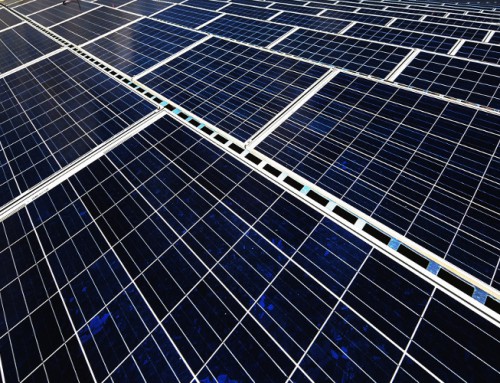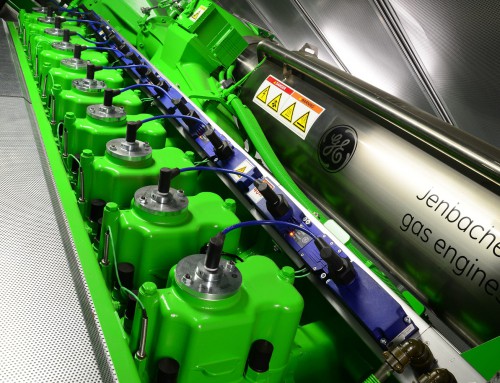Project Description
Climate-Resistant Energy Infrastructure
Naval Air Station (NAS) Kingsville’s primary mission is to train student aviators for the U.S. Department of Navy, the U.S. Marine Corps, and tactical jet pilots for other allied countries. NAS Kingsville is home to several tenant military commands, civilian and contract maintenance personnel totaling in excess of 1,500, a U.S. Army Reserve unit, and various commands with essential missions. In an effort to increase energy surety and displace fossil fuel-based energy use, NAS Kingsville contracted for the development, design, and construction of a ground-mount solar PV facility located on the installation.
NAS Kingsville is located in south Texas, approximately 30 miles from the Gulf coast and is exposed to a harsh marine environment with exposure to hurricanes and tropical storms. Critical to the long-term operation and availability of the solar PV installation was the ability of the system to remain operational during hurricane events. The 550 kW DC ground-mount photovoltaic power generation system was installed to withstand 150 MPH wind speeds on the south end of the air station.
The estimated energy production from the hurricane tolerant solar system is 693,000 kWh per year and it is expected to result in approximately $55,400 in annual energy savings for the base. “The photovoltaic arrays are expected to offset the base’s consumption of purchased energy by 2.5 percent and is part of the Navy’s push to provide 50 percent of its energy from non-fossil-fuel sources by 2020,” said Commander Troy Hamilton, a public works officer at NAS Kingsville.
The project was competitively bid through a federal government sealed bidding process that requires least-cost-based contractor selection. The contract was awarded to Chevron USA Inc., by whom PowerSurety principles were employed at the time. A primary challenge in responding to the solicitation was meeting the hurricane-tolerant construction requirement while remaining cost-competitive in a somewhat remote location in south Texas. PowerSurety staff participated in the 3-D CAD design process, equipment selection and sourcing, bid pricing, construction management, system commissioning, and start-up.







